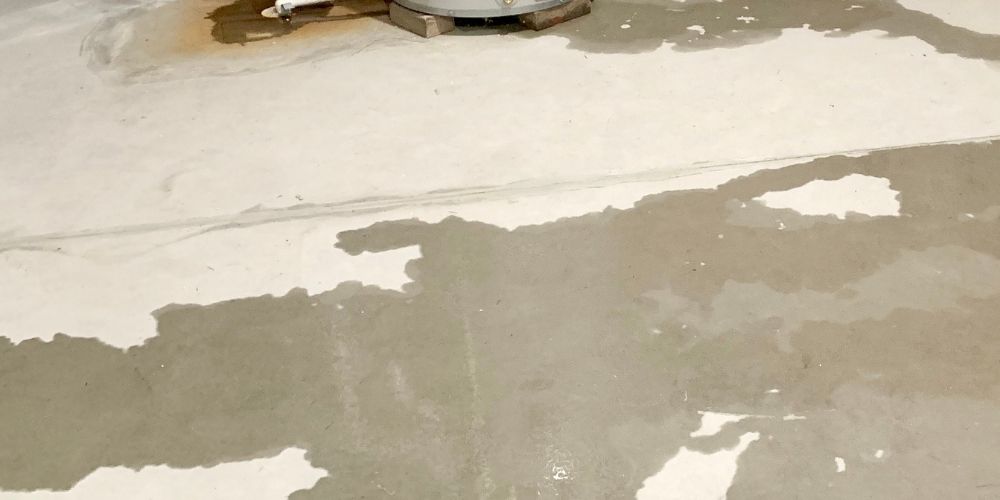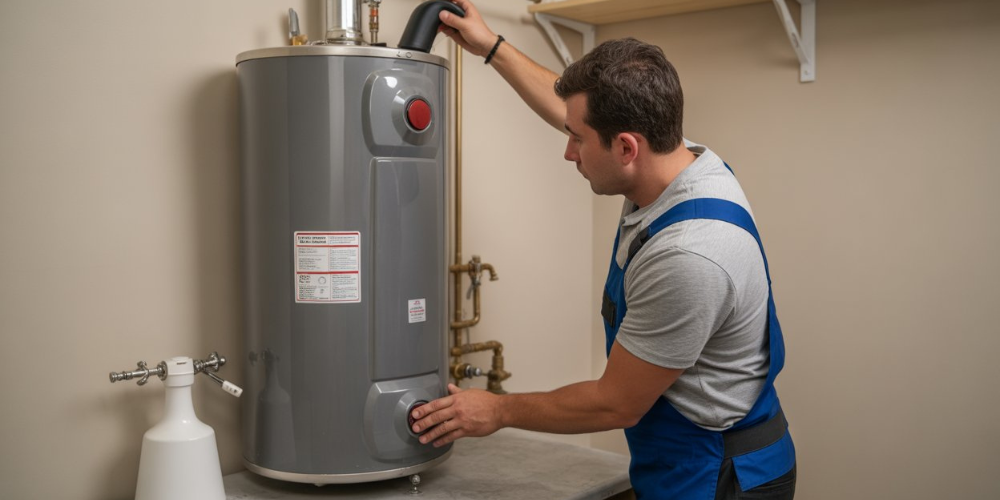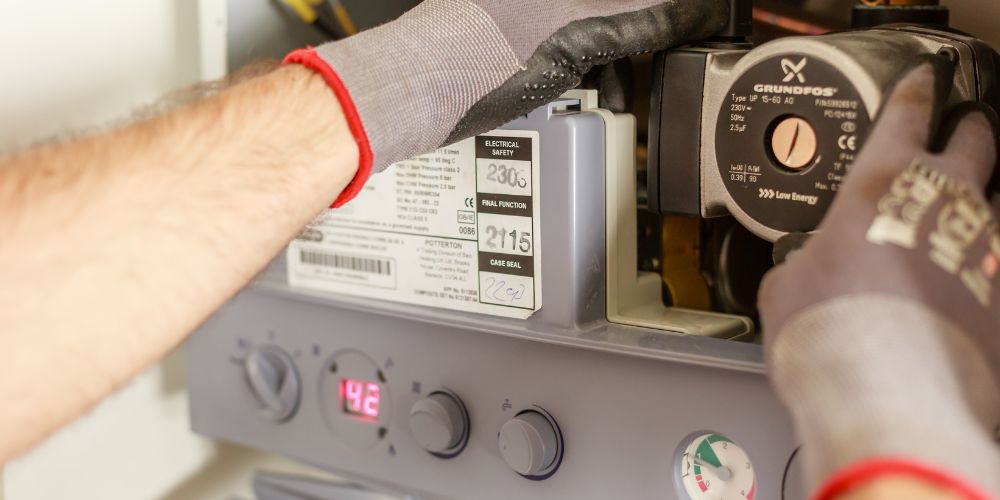A slab leak happens when a water pipe underneath your home’s concrete foundation starts leaking. Because the pipes are hidden, the damage begins quietly, but the effects can spread fast. Spotting the warning signs early can prevent foundation damage, mold growth, high utility costs, and major repair bills.
If you’ve noticed unusual moisture, warm flooring, or rising water bills, it’s worth taking a closer look. Below are the 7 most common signs that a slab leak may be affecting your home, and what to do next.
What Is a Slab Leak?
A slab leak happens when a water line that runs underneath your home’s concrete foundation begins to leak. Even though the idea sounds simple, slab leaks are anything but easy to detect. Because the pipes are buried under solid concrete, the leak is hidden from sight, and there are no obvious puddles or dripping fixtures to give it away. Instead, homeowners usually notice indirect signs, like rising water bills, warm spots on the floor, or unexplained moisture, long before realizing a pipe is leaking beneath the slab.
What Causes a Slab Leak?
Slab leaks typically develop over time. Some of the most common causes include:
- Pipe corrosion from minerals in hard water
- High internal water pressure is stressing the lines
- Foundation shifting due to soil movement or settling
- Poor installation of plumbing materials
- Wear and tear over many years
Because these issues are gradual, slab leaks often remain hidden until noticeable damage occurs, which makes early detection extremely important.
1. Your Water Bill Suddenly Increased

One of the first signs is a water bill that climbs without explanation.
If your usage hasn’t changed, no new appliances, no lawn watering, no added household members, a hidden leak may be draining water continuously. Slab leaks waste water around the clock, which quickly shows up in monthly costs.
Tip: Compare your recent bill to the same month last year. A clear difference may indicate a leak.
Also read, The Role of Leak Detection in Reducing Water Bills
2. Warm or Hot Spots on the Floor
If your slab leak is coming from the hot water line, the warmth can rise through the concrete and into your flooring.
You may notice:
- A warm patch under the tile
- A heated area under the carpet
- A section of laminate flooring that feels slightly lifted or soft
Pets often notice this first. If your dog or cat suddenly naps on one specific spot daily, it may be worth investigating.
3. Damp Carpet, Water Pools, or Moist Flooring
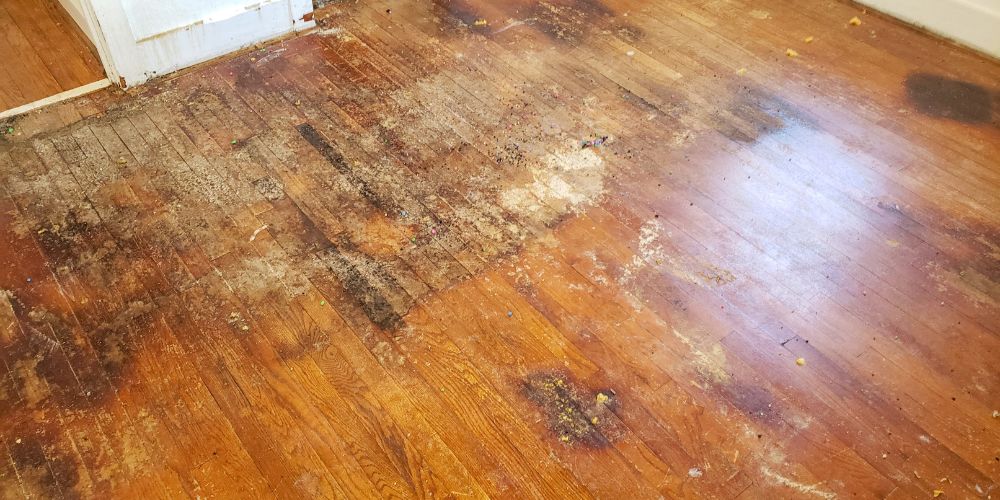
Another strong sign is water where it shouldn’t be.
This may look like:
- Slightly wet carpet with no spills
- Water pooling near walls or baseboards
- Swelling or bubbling of wooden floors
- Dampness on concrete floors in garages
Sometimes the moisture spreads before becoming visible, meaning the leak has already progressed.
4. Cracks in Floors or Interior Walls
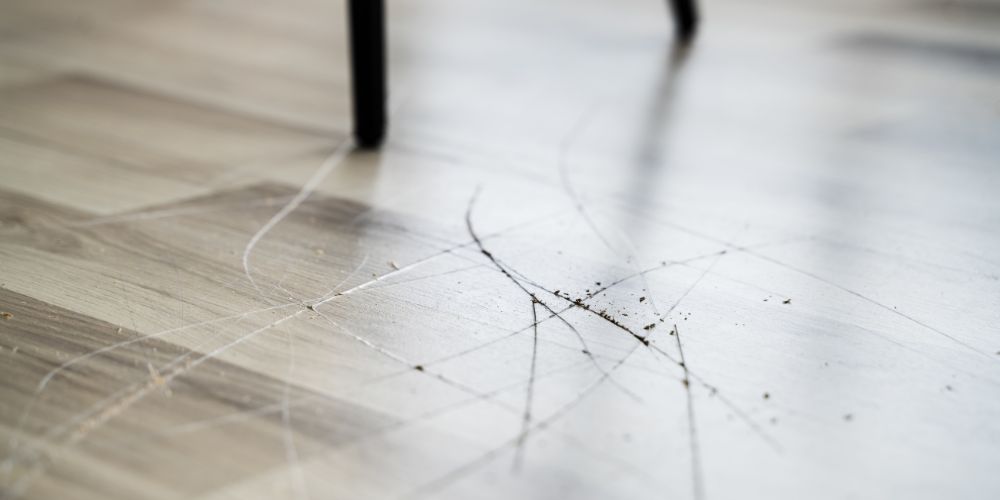
As water leaks beneath your foundation, it can shift or weaken the slab. Even small shifts can lead to cracks.
Look for:
- Thin cracks across tile or concrete flooring
- Cracks running vertically on the drywall
- Baseboards are separating from the walls
- Uneven flooring develops over time
While not all cracks indicate a slab leak, cracks combined with moisture signs definitely need attention.
5. Low Water Pressure Throughout the Home
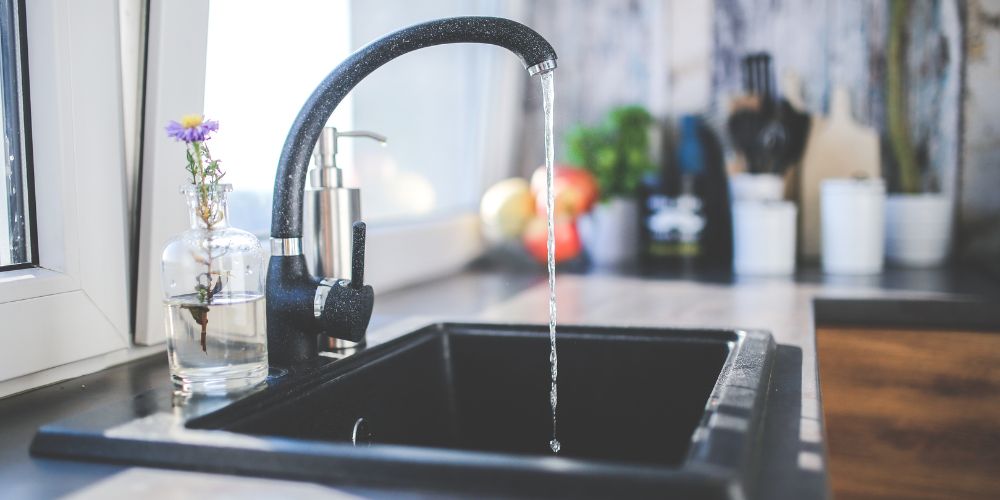
If water is escaping before it reaches your fixtures, the pressure inside your plumbing system drops.
You might notice:
- Showers are feeling weaker than usual
- Slow-filling sinks or tubs
- Reduced pressure in multiple rooms (important: not just one faucet)
If the issue affects the whole house, the problem is likely in your underground plumbing, not a clogged aerator.
6. The Sound of Water Running When Everything Is Off
When all taps and appliances are turned off and you still hear water movement, it’s one of the clearest signs there’s a hidden leak.
Try this simple water meter test:
- Turn off all water sources inside and outside the home.
- Watch your water meter.
- If the dial continues to move, there is a leak somewhere in the supply line.
This test takes less than five minutes and provides a strong confirmation.
7. Musty, Mildew, or Mold Odors
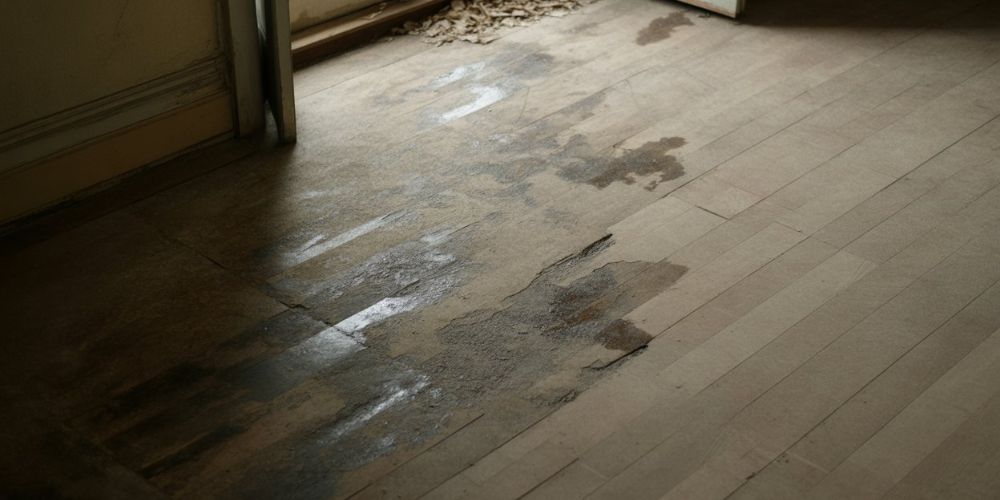
When moisture collects under flooring or behind walls, mold begins to grow, sometimes before it becomes visible.
Signs include:
- Persistent musty smells
- New allergy symptoms or coughing indoors
- Dark spots appearing along baseboards
Mold spreads quickly and poses health risks, which is why slab leaks should never be ignored once moisture is detected.
Why You Should Never Wait to Fix a Slab Leak
Slab leaks never fix themselves, and they get worse with time.
If ignored, a slab leak can lead to:
- Foundation shifting and cracks
- Structural damage
- Mold and respiratory health issues
- Ruined flooring and drywall
- Hundreds of gallons of wasted water
Early repair is always less expensive than waiting for major damage to occur.
What To Do If You Suspect a Slab Leak
Do not break concrete or flooring to search for the leak yourself; without detection equipment, you may damage the wrong area.
Instead:
- Perform the water meter test to verify water loss.
- Note where symptoms appear (warm spots, damp areas, etc.).
- Call a licensed plumber who specializes in slab leak detection.
Modern slab leak detection uses:
- Acoustic sensors
- Thermal imaging
- Moisture meters
- Pressure testing
This allows professionals to pinpoint the problem without unnecessary demolition.
Professional Support You Can Trust
At PlumbSmart, we use non-invasive leak detection technology to accurately locate slab leaks and repair them with minimal disruption to your home. Our team focuses on:
- Clear, honest inspections
- Fast response to prevent damage
- Long-term repair solutions (not quick patches)
- Transparent pricing, no surprises
If you’re seeing warning signs, scheduling an inspection early can save thousands in repairs later.
Final Takeaway
Slab leaks start quietly, but the effects can be severe. By paying attention to early warning signs, like water bill increases, warm floors, damp spots, cracks, or mold odors, you can protect your home before serious damage occurs.
If something doesn’t feel right with your plumbing, trust your instinct. Your home is worth protecting, and PlumbSmart is here to help.
FAQ
How serious is a slab leak?
Very serious. It can damage your home’s foundation, interior surfaces, and air quality if left untreated.
Can I ignore a small slab leak?
No, leaks grow over time. Even small leaks can cause structural damage and mold.
Is slab leak repair expensive?
Costs depend on the leak’s location and severity. Early detection almost always reduces repair costs.



